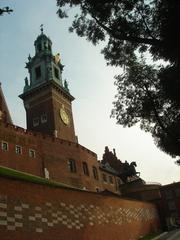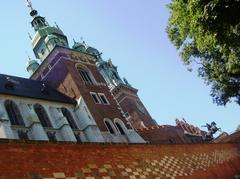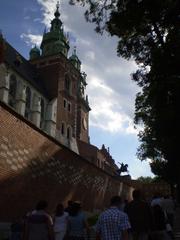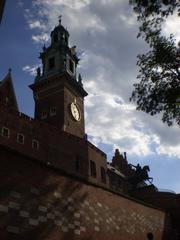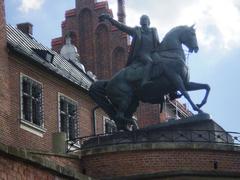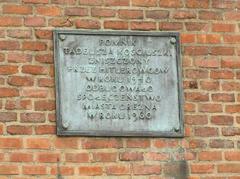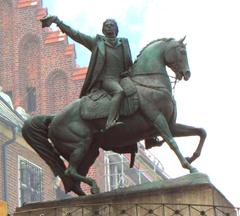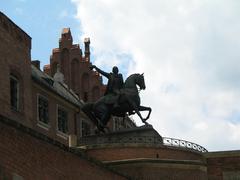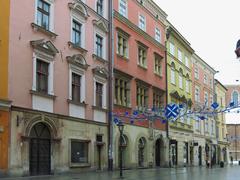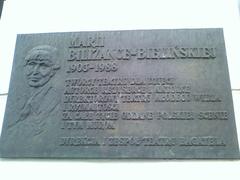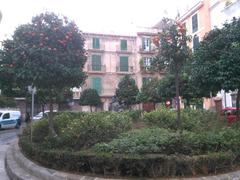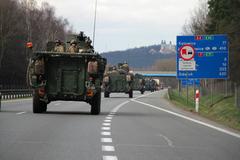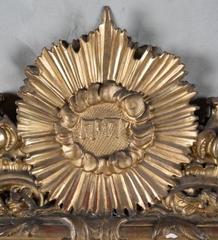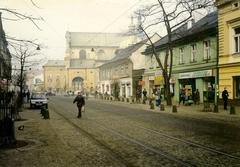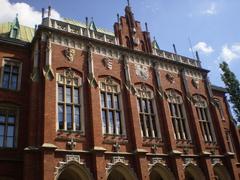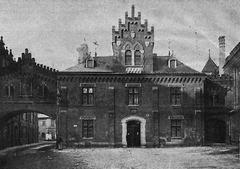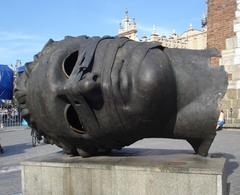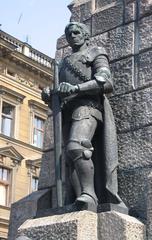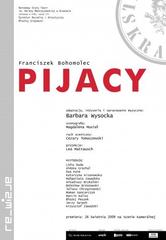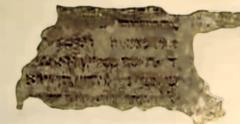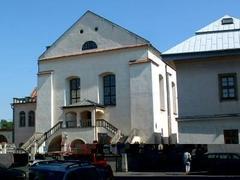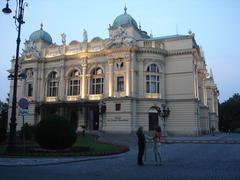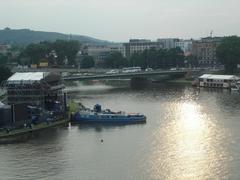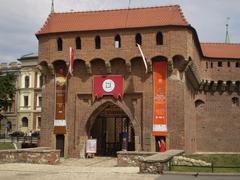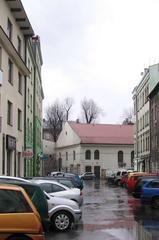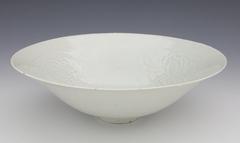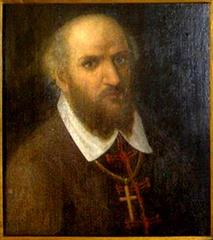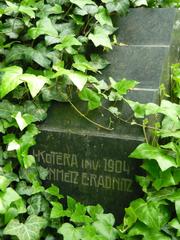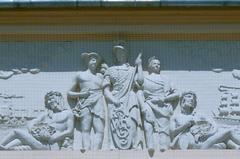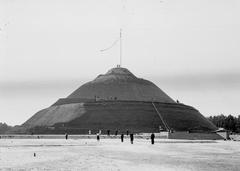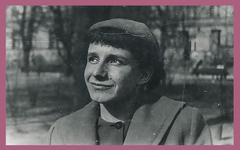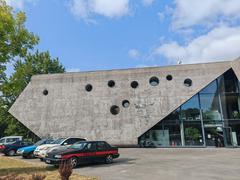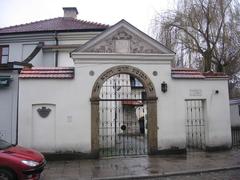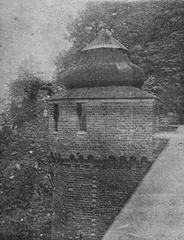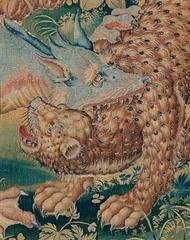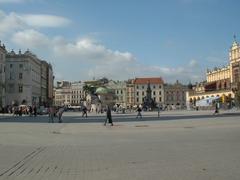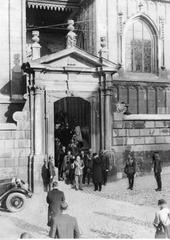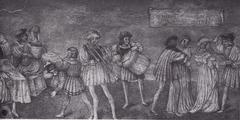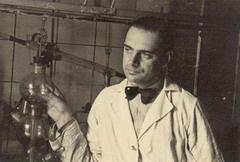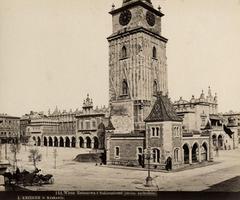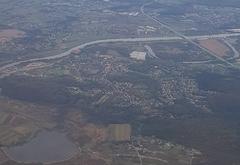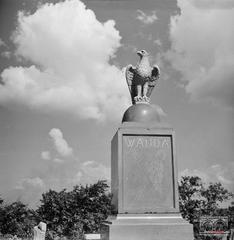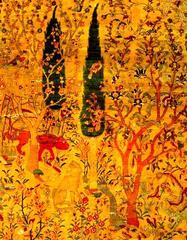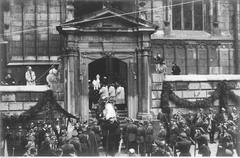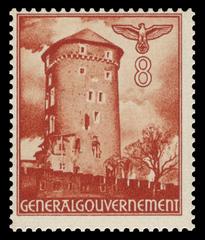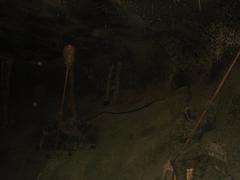
Visiting Tadeusz Kościuszko Monument: Hours, Tickets, and Tips
Date: 23/07/2024
Introduction
Nestled in the heart of Kraków, Poland, the Tadeusz Kościuszko Monument stands as a powerful emblem of national pride, resilience, and the enduring legacy of one of Poland’s most celebrated heroes. Tadeusz Kościuszko, a military leader and engineer, played pivotal roles in both the American Revolutionary War and Poland’s own fight for independence. The monument, located on the historically significant Wawel Hill, is not only a tribute to Kościuszko’s remarkable contributions but also a symbol of Polish national identity and perseverance. From its initial conception in the early 19th century to the challenges it faced during World War II, the monument’s history is a testament to the spirit of the Polish people. For visitors, the monument offers a rich tapestry of historical insights, cultural significance, and artistic grandeur, making it a must-visit landmark in Kraków. (culture.pl, krakow.pl)
Table of Contents
- Introduction
- History of the Tadeusz Kościuszko Monument
- Visitor Information
- Travel Tips and Nearby Attractions
- Accessibility and Guided Tours
- Special Events and Photographic Spots
- FAQ
- Conclusion
History of the Tadeusz Kościuszko Monument
Origins and Initial Conception
The Tadeusz Kościuszko Monument in Kraków, Poland, stands as a testament to the enduring legacy of one of Poland’s most revered national heroes. The idea for a monument dedicated to Kościuszko was first conceived in the early 19th century, shortly after his death in 1817. The initial impetus for the monument came from the widespread admiration for Kościuszko’s contributions to both Polish and American independence. (culture.pl)
Fundraising and Design Competition
The process of bringing the monument to fruition was marked by significant public involvement and enthusiasm. Fundraising efforts began almost immediately, with contributions pouring in from various segments of society, including the Polish diaspora. In 1820, a design competition was held to select the most fitting representation of Kościuszko. The winning design was submitted by the renowned Polish sculptor Leonard Marconi, whose vision captured the essence of Kościuszko’s heroic stature and his enduring legacy. (krakow.pl)
Construction and Unveiling
Construction of the monument began in 1823, with the site chosen being the Wawel Hill, a location of immense historical and cultural significance in Kraków. The monument was completed in 1828 and was unveiled in a grand ceremony attended by thousands of people, including prominent political and cultural figures of the time. The unveiling of the monument was not just a tribute to Kościuszko but also a powerful statement of Polish national identity and resilience during a period of political turmoil and foreign domination. (krakowpost.com)
Destruction and Reconstruction
The monument faced significant challenges during its history, particularly during World War II. In 1940, the occupying Nazi forces ordered the destruction of the monument as part of their broader campaign to erase symbols of Polish national pride and resistance. The destruction of the monument was a devastating blow to the Polish people, but it also galvanized efforts to preserve Kościuszko’s legacy in other ways.
After the war, the Polish government and various cultural organizations prioritized the reconstruction of the monument. The reconstruction efforts were spearheaded by the sculptor Marian Konieczny, who meticulously recreated Marconi’s original design. The reconstructed monument was unveiled in 1960 on Wawel Hill, symbolizing the resilience and enduring spirit of the Polish nation. (krakow.pl)
Visitor Information
Ticket Prices and Opening Hours
To visit the Tadeusz Kościuszko Monument, it is essential to know the visiting hours and ticket prices. The monument is typically open to visitors from 9 AM to 5 PM, though hours may vary seasonally. Tickets for adults are priced at 20 PLN, while reduced prices are available for students, seniors, and children at 10 PLN. Visitors can purchase tickets at the entrance or online through the official website.
Travel Tips and Nearby Attractions
When planning your visit, consider exploring the nearby attractions on Wawel Hill. The Wawel Castle and the Wawel Cathedral are just a short walk away from the monument and offer a deeper dive into Polish history and culture. Additionally, Kraków’s Old Town, a UNESCO World Heritage site, is easily accessible and provides a wealth of historical landmarks, charming cafes, and shops to explore. (culture.pl)
Accessibility and Guided Tours
The Tadeusz Kościuszko Monument is accessible to visitors with disabilities, with ramps and pathways designed to accommodate wheelchairs. For a more enriching experience, guided tours are available, providing detailed insights into Kościuszko’s life and the monument’s history. These tours can be booked in advance through the official website or at the ticket counter.
Special Events and Photographic Spots
The monument is a central location for various special events throughout the year, including commemorative ceremonies on the anniversaries of Kościuszko’s birth and death, as well as Polish Independence Day. These events often feature speeches, wreath-laying ceremonies, and cultural performances. For photography enthusiasts, the monument and its surroundings offer numerous picturesque spots, particularly during sunrise and sunset. (krakowpost.com)
FAQ
What are the Tadeusz Kościuszko Monument visiting hours?
The monument is typically open from 9 AM to 5 PM, but hours may vary seasonally.
How much are tickets for the Tadeusz Kościuszko Monument?
Adult tickets are 20 PLN, while reduced prices for students, seniors, and children are 10 PLN.
Is the Tadeusz Kościuszko Monument wheelchair accessible?
Yes, the monument is wheelchair accessible, with ramps and pathways designed for easy access.
Conclusion
The Tadeusz Kościuszko Monument in Kraków stands as a powerful symbol of Polish national identity and the enduring legacy of one of its greatest heroes. From its initial conception and construction to its destruction and subsequent reconstruction, the monument’s history reflects the resilience and determination of the Polish people. Today, it continues to serve as a focal point for commemorative events, educational programs, and public engagement, ensuring that Kościuszko’s legacy remains an integral part of Poland’s historical and cultural heritage. Plan your visit today to explore this iconic monument and the rich history it represents. (culture.pl, krakowpost.com)
